Filming with Alain Claude Randresy of the Réunion Film Commission
Alain began his career working in advertising in Canada before moving to Paris in 2009 to study film production. He is now Project Executive at Agence Film Réunion (Réunion Island Film Commission and Office) on Réunion, a French territory in the south-west Indian Ocean.
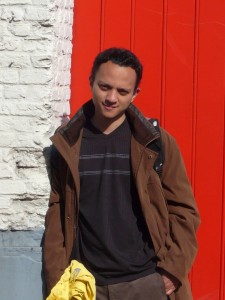 How does Agence Film Réunion operate?
How does Agence Film Réunion operate?
I’ve been the Cinema & Audiovisual Project Executive since 2011. The Agency is part of the Film France network, which covers more than 40 film offices throughout France and its overseas territories.
As a French territory, Réunion Island qualifies for France’s Tax Rebate for International Production. If you set up a co-production with a French partner it may allow you to benefit from the available grants and incentives, as well as support from the Réunion Island Regional TV and Cinema Fund, which is worth up to 35% of your local expenses.
The commission itself is supported by The Conseil Régional of La Réunion, represented by Vincent Payet, the elected audiovisual representative who launched a major plan to make Réunion Island a world-class film location.
What can you tell me about the island?
Réunion Island is in the Indian Ocean and is a unique territory where mountains meet with the sea, rugged terrain makes for grandiose landscapes and a third of the island is still completely unspoilt. The island itself covers 2,500 square kilometres and so there’s a lot of variety within a relatively small area.
The island's National Park offers tremendous biodiversity, with more than 300 native plant species and an active volcano. We have tropical jungles, cascades, beautiful beaches, unique pitons, valleys and vast middle lands. The landscapes can double for Asia and India with the multiple temples and mixed population, as well as otherworldly vistas.
Réunion Island is in the Indian Ocean and is a unique territory where mountains meet with the sea, rugged terrain makes for grandiose landscapes and a third of the island is still completely unspoilt.
There’s modern architecture with seaside villas, but also more specific Creole and colonial styles. Various studios are available. Local crews are experienced with recent projects for networks such as the BBC, ARTE, France Television, Canal+ and Discovery Channel.
What locations are most commonly used by film and TV crews when they come and film in the area?
The multitude of remote beaches with white or black sand, tropical forests, the mountains with their huge valleys and the volcano are all popular filming locations.

What are the more unusual locations that our readers would not necessarily associate with the region?
As with many islands in tropical locations you tend to think about the beaches first. However, the most impressive locations are middle lands and the mountains (cirques of Mafate, Cilaos, Salazie) and deep forest (such as Bélouve and Hellbourg). The volcano provides a remarkable atmosphere with its red sand desert and tunnels of lava and the ocean is also full of possibilities. In addition, there’s no shortage of country houses and beautiful villas.
What has been your most difficult location assignment to date and why?
For a drama for Canal+, the characters were supposed to be lost on an Earth-like planet with two moons. They arrived in a desert and then explored a vast jungle, avoiding insidious insects in a lake with a huge waterfall to finally set their camp on a black-sand beach. All these settings were supposed to be located in very close areas in order to facilitate the work of the production team.
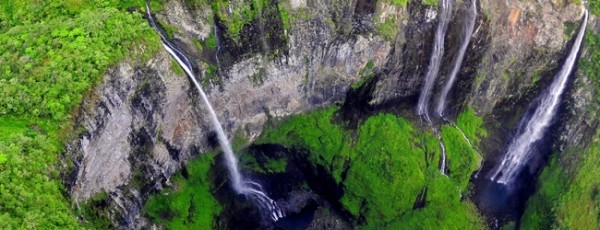
What types of production do you work on most?
Most of the film and TV projects are from French and European companies. There are two major TV series planned for 2013 through Adventure Line Production and T&V productions. We also have commercials and photo shoots for international brands.
Are there any tips you can offer our readers about filming locally?
It’s crucial to contact Agence Film Réunion at a very early stage of pre-production regarding the visas, customs and crew. The climate is tropical with a rainy summer season between October and March when there are sometimes hurricanes, and a drier winter season that lasts from April to September.
The airport is by the coast with easy access and is a ten-minute drive from the main city, Saint-Denis. It has been fully renovated and is very modern.
Which are the best airports to use?
The Roland-Garros Airport is very appropriate to welcome film crews. The airport is by the coast with easy access and is a ten-minute drive from the main city, Saint-Denis. It has been fully renovated and is very modern. They are used to film productions and can facilitate shooting in the different areas of the airport.
There are direct flights from South Africa, Europe, Mauritius, the Seychelles and Madagascar. Dubai, Australia, Thailand, Singapore, India and China are also easily reachable. Pierrefonds Airport in the south next to Saint-Pierre has some flights to Mauritius and Madagascar.

Can you tell us about location insurance and possibly examples of costs in your region?
A good local production company will put things in place and ensure your project is successful and fun. They will guide you through the grants, the incentives and the regional supports. The costs for shooting on Réunion Island are very low. Generally it’s free of charge to get permits for filming in public places.
What do you do with your time off and what would you recommend cast and crew do to have fun and relax?
I enjoy photography, hiking and taking time out to explore this beautiful island. It is also nice to travel in the Indian Ocean. There’s always something exciting to visit.
Thank you
To contact Alain please click here.
To find out more about the Réunion Island Film Commission click here.
Related Posts
- Location Report: French filming incentives on the tropical La Réunion Island
- Filming in the south of France with Michel Brussol
- Filming Indian Ocean locations with Andreas Habermeyer of Identical Pictures
- Scouting in Paradise: The beautiful, hidden and untapped locations of French Polynesia
- Hawai’i – More than Just a Tropical Paradise
- On location with Bénédicte Vernier of the New Caledonia Film Commission
- Filming on location in Costa Rica with producer Sara Rossi
- Location Report: Los Angeles
Related posts:
Global Filming Incentive - France (see more…)
Comments
Not Logged in
You must be logged in to post a comment



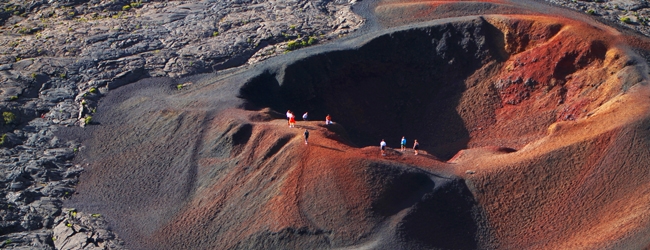

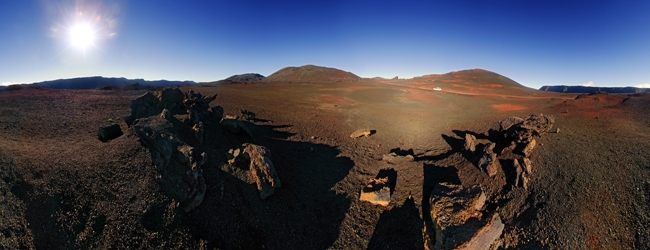
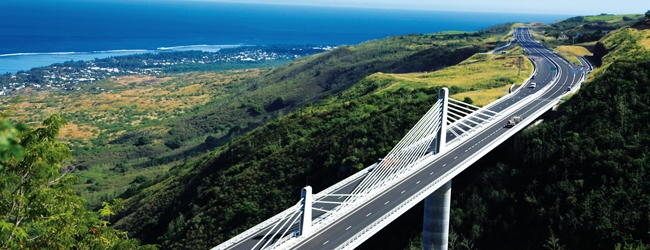
There are no comments